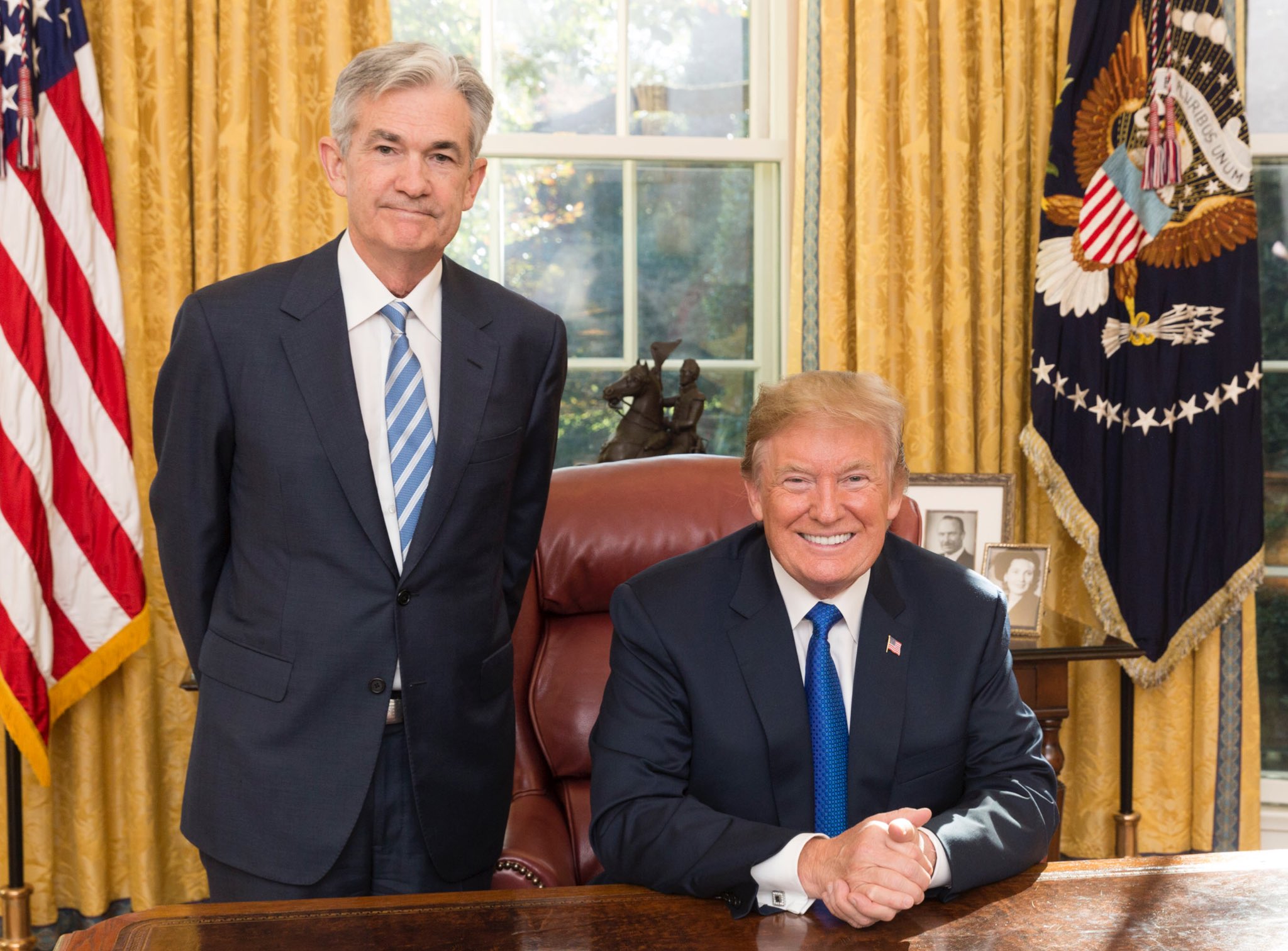Wall Street steadied after a rocky start to December, with dip buyers pushing equities higher and a sharp rebound in Bitcoin easing pressure across risk assets. The S&P 500 notched its sixth gain in seven sessions, led by megacaps such as Nvidia, while Boeing rallied on expectations it will return to cash generation in 2026. Crypto markets — which absorbed nearly $19 billion in liquidations earlier in the week — regained footing as Bitcoin reclaimed the $90,000 threshold after plunging as much as 8% on Monday. Traders said the calm tone reflected a temporary pause in market-moving news, giving speculative corners of the market room to recover.
The bounce came as strategists continued to emphasize the strength of the U.S. economy and the durability of the artificial intelligence investment cycle. Analysts at 22V Research argued that elevated consumer spending and AI-driven productivity gains remain powerful supports for corporate earnings. At the same time, Barclays noted that the influence of Federal Reserve policy on equity volatility has been fading, with market-implied swings around Fed meetings slipping toward multi-year lows. That backdrop has created a fragile equilibrium: investors are optimistic about growth but wary of the Fed’s internal division, with officials split over whether to deliver a “hawkish cut” next week.
Market Overview:
- S&P 500 rises for sixth time in seven days; Nasdaq 100 up 1% as tech leads rebound
- Bitcoin climbs back above $90,000 after nearly $19 billion in liquidations
- Short-dated Treasuries firm; dollar stabilizes amid light macro newsflow
Key Points:
- AI-driven capex and resilient consumer spending continue to underpin earnings outlooks
- Fed policymakers remain split ahead of next week’s decision, with potential for multiple dissents
- Boeing projects cash generation in 2026; Tesla criticized by Michael Burry for valuation risks
Looking Ahead:
- Upcoming Fed decision and jobs data likely to test recent calm in equities and crypto
- Corporate dealmaking and AI infrastructure plays — including AMD and Vultr — remain in focus
- Rotation into value, cyclicals and defensives may continue as investors reassess tech valuations
Bull Case:
- Dip-buying support remains strong, with the S&P 500 up in six of the past seven sessions and megacap leaders like Nvidia driving the rebound even after an early-December wobble.
- Bitcoin’s snapback above $90,000 after nearly $19 billion in liquidations shows forced sellers have been flushed and broader risk appetite is stabilizing across speculative corners of the market.
- Resilient U.S. growth, elevated consumer spending, and AI-driven capex are still underpinning earnings, giving investors fundamental justification to stay constructive into year-end.
- Equity volatility around Fed meetings has drifted toward multi-year lows, suggesting policy announcements are exerting less shock value and allowing fundamentals, dealmaking, and AI-infrastructure headlines to drive returns.
- Positioning is cautious: hedge funds remain defensively skewed and are rotating into cyclicals, financials, industrials, and value, which can set the stage for a catch-up rally if incoming jobs and inflation data are merely “good enough.”
- Global flows into Canadian banks, commodity majors, and industrials point to a broadening tape, reducing reliance on a narrow AI/megacap cohort and improving the durability of any year-end advance.
Bear Case:
- The current calm rests on thin ice: key data have been delayed by the shutdown, and the next batch of inflation and labor reports, plus the upcoming Fed decision, could easily reignite volatility in both equities and crypto.
- The Fed remains divided, raising the risk of a “hawkish cut” that delivers a token easing but tougher guidance on future moves, which could disappoint markets priced for a smoother glide path.
- Valuations in AI and megacap tech remain stretched after a powerful rally, and growing skepticism (including high-profile critiques of Tesla) leaves the door open to further de-rating or rotation out of crowded growth names.
- Bitcoin is still down more than 20% since early October despite the bounce, highlighting fragile sentiment; another liquidation wave could spill over into high-beta tech and software names like Cloudflare and MongoDB.
- With conflicting inflation and labor signals and lingering tariff uncertainty, the “soft-landing plus AI boom” narrative could crack if data surprise negatively, turning this rebound into just another bear-market-style rally in a choppy December.
- Hedge funds’ defensive stance cuts both ways: while it creates fuel for a squeeze, it also signals that large, sophisticated players are unconvinced the recent strength is sustainable without clearer macro confirmation.
The debate over the Fed’s path intensified as officials grappled with diverging estimates of where rates should ultimately settle. Traders now expect a December cut, but analysts warned the move may come with hawkish messaging to signal caution on inflation. In equities, investors continued rotating selectively into cyclicals, financials and industrials after months of AI-driven outperformance concentrated in megacaps. Corporate news added fuel to sector-specific moves: Vultr announced a 50-megawatt AMD-powered AI cluster; Boeing reaffirmed progress on the 777X; Kraken made a tokenized-assets acquisition; and SiTime explored a purchase of Renesas’s timing unit.
The broader market tone suggested investors are using volatility to reposition for year-end rather than abandoning risk altogether. Hedge funds remain defensively positioned, raising the prospect of a catch-up rally if macro news surprises positively. Meanwhile, global asset flows showed buyers returning to Canadian banks, commodity majors and select industrial names, while enthusiasm in crypto spilled into tech-adjacent software players like Cloudflare and MongoDB. With economic data delayed by the recent U.S. government shutdown and conflicting signals across inflation and labor readings, the next two weeks of releases will determine whether the latest rebound has legs or proves another brief respite in a choppy December tape.













